Cycling is more than just pedaling—it's a full-body endurance sport that demands power, stability, and resilience. While time in the saddle builds aerobic capacity, integrating strength training into your routine can dramatically improve performance, prevent injury, and boost overall efficiency. This guide delivers 10 practical, progressive strength training tips specifically designed for cyclists, complete with tracking methods, motivation cues, and actionable insights.
Prioritize exercises that work multiple muscle groups at once—like squats, deadlifts, lunges, and push-ups. These movements mimic the coordinated effort required in cycling and build functional strength. They also maximize time efficiency, which is crucial for busy athletes.
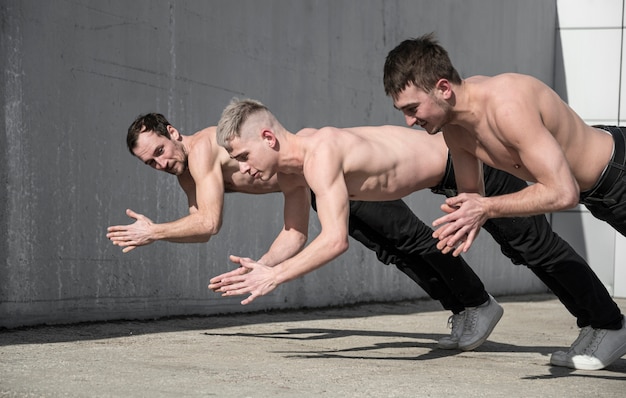
Many cyclists rely too heavily on their quads. Strengthening the glutes and hamstrings helps balance muscle development, improves pedal stroke efficiency, and reduces knee strain. Include hip thrusts, Romanian deadlifts, and glute bridges in your routine 2–3 times per week.
A strong core stabilizes your pelvis and spine, allowing for better power transfer from upper to lower body. Focus on anti-rotation and isometric exercises like planks, dead bugs, and Pallof presses. Aim for 10–15 minutes of core work post-strength or on easy ride days.

To keep making gains, gradually increase resistance, reps, or sets over time. Track your workouts using a simple log or app. For example, if you squat 100 lbs for 3 sets of 8, aim to hit 3x10 or increase the weight by 5–10 lbs every 2–3 weeks.
Schedule strength sessions at least 6–8 hours apart from intense rides. Avoid heavy lifting the day before a key cycling workout. Optimal timing: perform strength training on recovery days or after easy spins to reduce fatigue interference.
Lifting with poor technique increases injury risk and reduces effectiveness. Start light, master the movement pattern, and use mirrors or video to self-assess. Quality always trumps quantity—especially when fatigue sets in.
Cycling is a unilateral-dominant motion. Single-leg work like Bulgarian split squats, step-ups, and single-leg deadlifts improves balance, corrects imbalances, and enhances neuromuscular control. These exercises reveal weaknesses that bilateral lifts might mask.
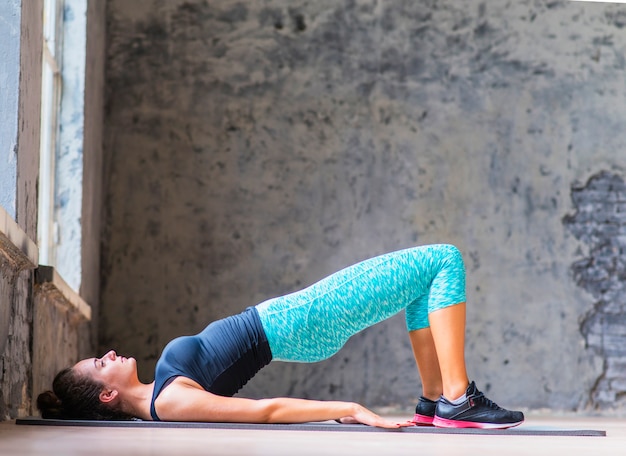
Use a training journal or app to log strength progress: weights used, reps, RPE (Rate of Perceived Exertion), and how you felt. Pair this with cycling data like power output, cadence, and perceived effort. Over time, you may notice correlations—e.g., increased squat strength linked to improved hill-climbing power.
Maintain a strength routine year-round. In peak season, reduce volume (e.g., 1–2 sessions/week). In off-season, build strength with 2–3 heavier sessions weekly. Consistency prevents detraining and sets the foundation for next season’s performance.
Link strength training to cycling goals. Use cues like:
Write these on your water bottle, gym bag, or phone wallpaper to reinforce purpose.
Strength training isn’t an add-on—it’s a performance multiplier for cyclists. When done progressively and strategically, it enhances power, efficiency, and durability. Start with 1–2 sessions per week, focus on form and consistency, and track your progress. Over time, you’ll not only feel stronger on the bike but also enjoy a more resilient, balanced body.
Commit to the process. The road rewards those who prepare for every challenge—on and off the saddle.

Fitness

Fitness

Fitness

Fitness

Fitness

Fitness
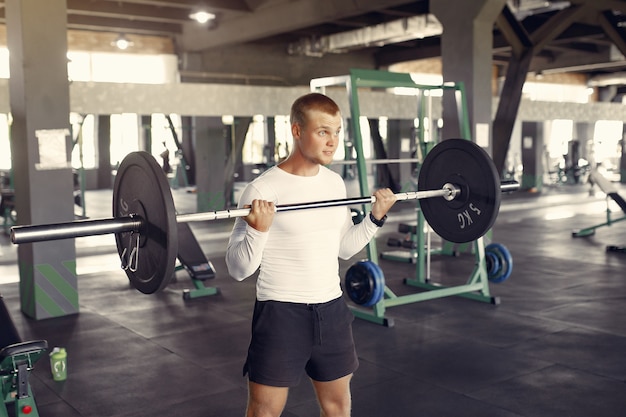
Fitness

Fitness
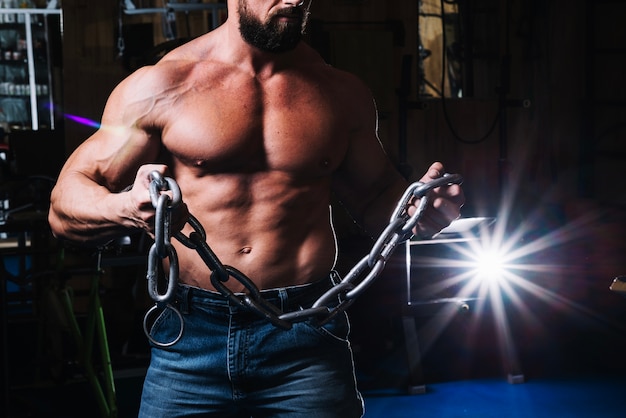
Fitness
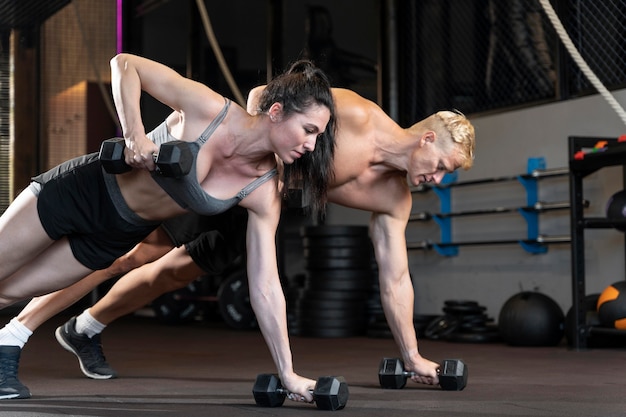
Fitness

Wellness

Wellness

Health

Fitness

Health

Health